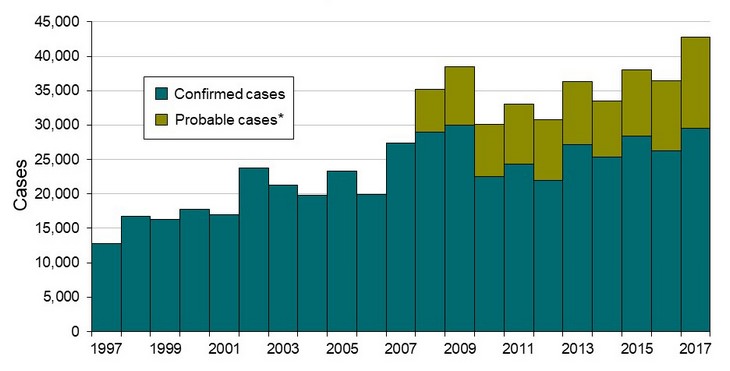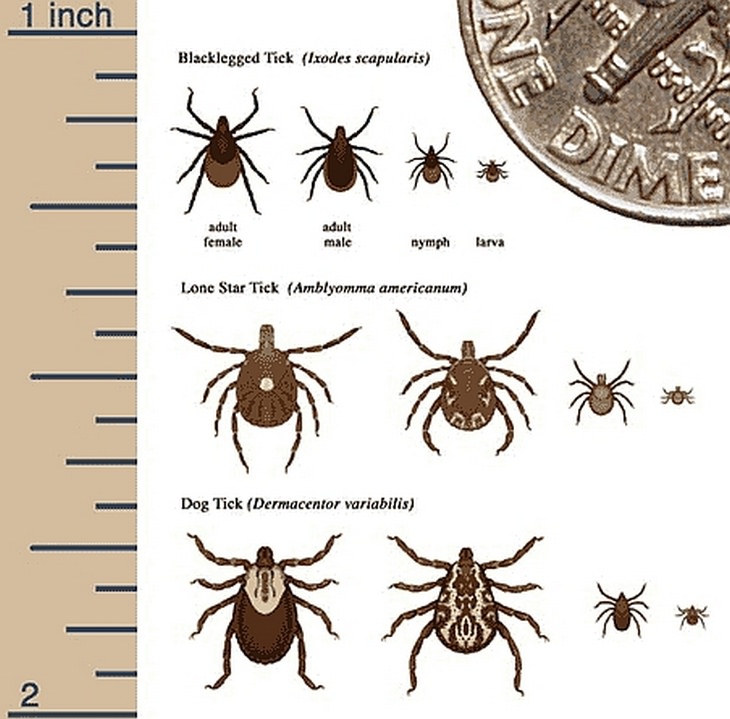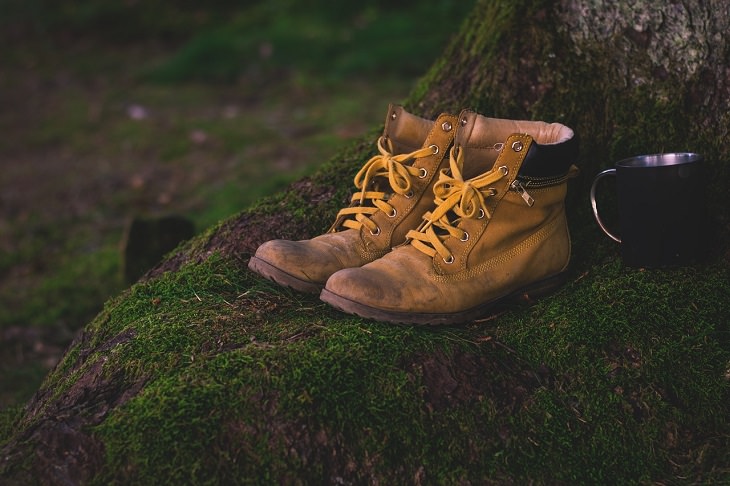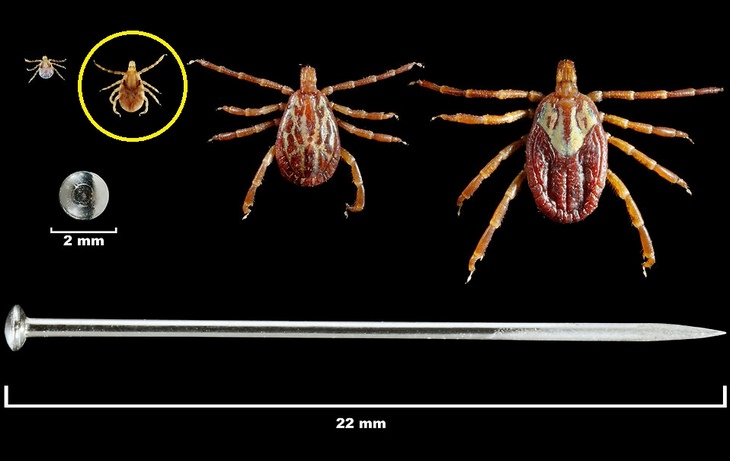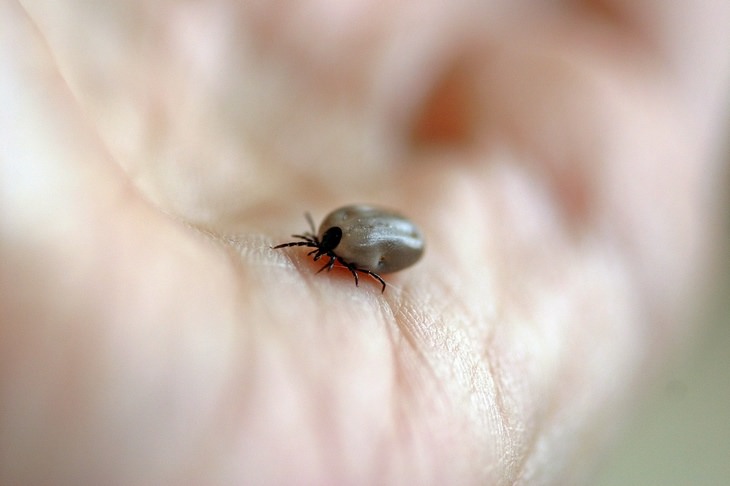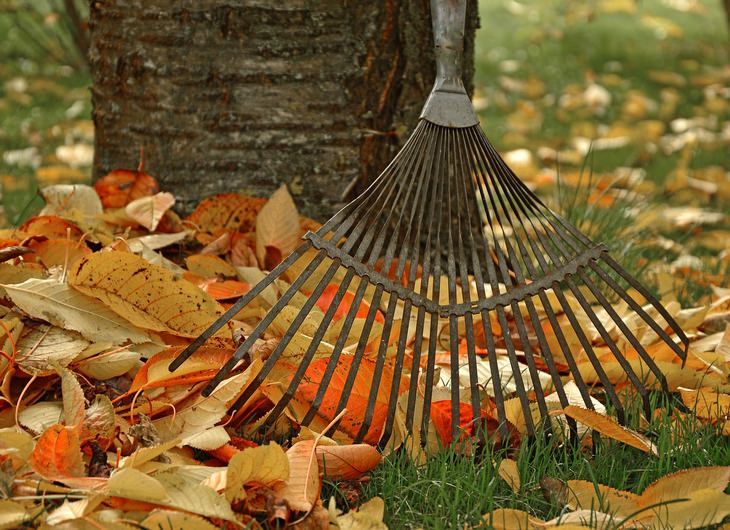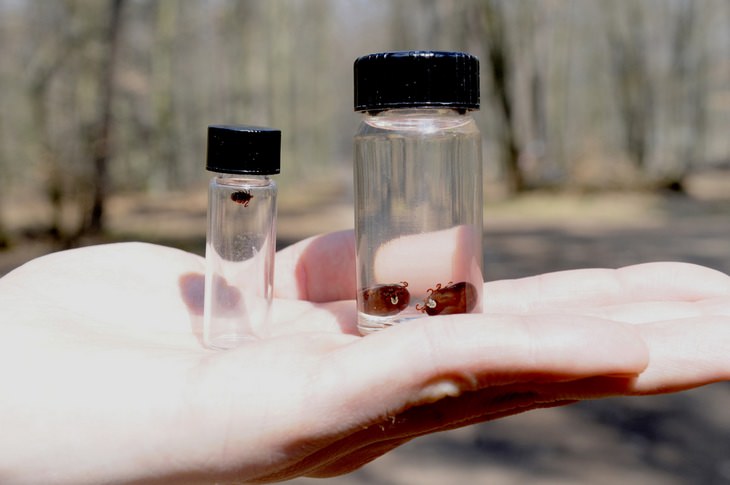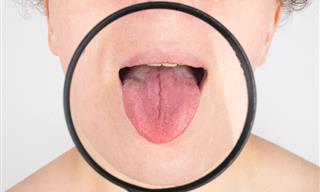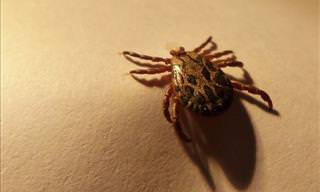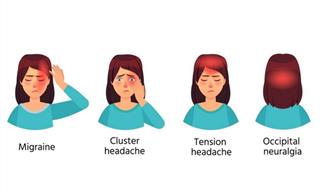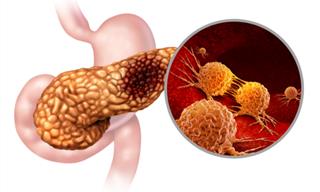Lyme can be treated once found. However, diagnosing it in time can sometimes be tough, and even then, the damage already done could be permanent. In the case of Lyme, prevention is the best cure, and the infection can be easily prevented, not only by removing the offending tick in time (it takes about 24-36 hours of the tick biting you for it to transmit the disease) but by not getting bitten in the first place.
Here are nine misconceptions and mistakes that may be putting you at greater risk of contracting Lyme disease:
1. Shorts and sandals when hiking
Most reported cases of Lyme, by a very large margin, are in the months of June and July. One major contributing aspect is the fact that people go outside more in the summer, and do so while wearing clothes that do not protect their legs. Ticks’ typical method of “hunting” is to cling to a blade of grass and latch onto any animal that passes by. By wearing long trousers and closed shoes, you and your family will be safe from tick bites, as well as many other threats which may lurk in the grass.
2. "Only adult ticks are a threat"
There are three major stages in a tick’s life-cycle: a larva, an adolescent nymph, and an adult. Larvae are uninfected, and adults are typically large enough to be noticeable. Most cases of Lyme disease are actually transmitted by ticks in the intermediate nymph stage. Nymphs are still tiny and so a lot harder to spot than fully-grown ticks.
3. Not knowing what a tick looks like
The first step to avoiding ticks is familiarizing yourself with them. Ticks are arachnids, related to spiders and scorpions, but unlike them, they are tiny, especially in their younger stages: a deer tick nymph is about the size of a poppy seed. They have 8 limbs and an oval abdomen that grows dramatically when the tick is engorged. Unlike spiders, a tick's body isn't segmented and the head is directly connected to the abdomen.
4. Not checking your children when they come back home
Children are at the greatest risk of getting bitten by ticks because they go outside more, play at ground level and often wear clothes that don’t adequately protect their limbs. Check your children for ticks when they come back home after playing outside and make sure to wash and dry their clothes in a dryer.
5. Cuddling with an unchecked dog
We love our canine companions, but dogs tend to roll around and don’t wear any clothes to protect their limbs from ticks. Thoroughly check your dogs’ coats for ticks after talking them for a walk.
6. "City parks are fine, no?"
It doesn’t matter if it’s the great outdoors or in the very heart of the city, any area with tall grass and trees could house ticks, and this extends to your front lawn if you don’t keep it mowed. Observe all of the precautions you would while hiking when in these areas.
7. Tending to your garden unprotected
As mentioned before, ticks could hide in your lawn, but not just there. Just like scorpions and snakes, ticks like being in the shade and will often hide beneath fallen leaves (it's dehydration that scares them, not so much the heat). Observe caution while raking leaves and handling them.
8. "There’s no deer in my area, so I’m safe"
Deer ticks are named so because the adults’ preferred source of sustenance is the white-tailed deer. But deer aren’t the only animal that ticks bite, otherwise, we wouldn’t be in any danger at all. Ticks can also feed on mice, squirrels, birds and more, especially in their nymph stage, when they are the hardest to find.
9. Disposing of the tick
The first thing you should do if you find a tick that’s biting you is remove it carefully. The second important thing is to put it in a zip bag or another secure container. Keeping the tick may be crucial in identifying the species of the tick and testing it for bacterial pathogens.
The best way to look for ticks is during the shower. Look all over, including in spots that are harder to reach, such as behind the knees, under the breasts, the armpits, the back of the neck and behind the ears. If you’re having problems seeing those areas using a mirror, ask someone to help you out.
 Go to BabaMail
Go to BabaMail


